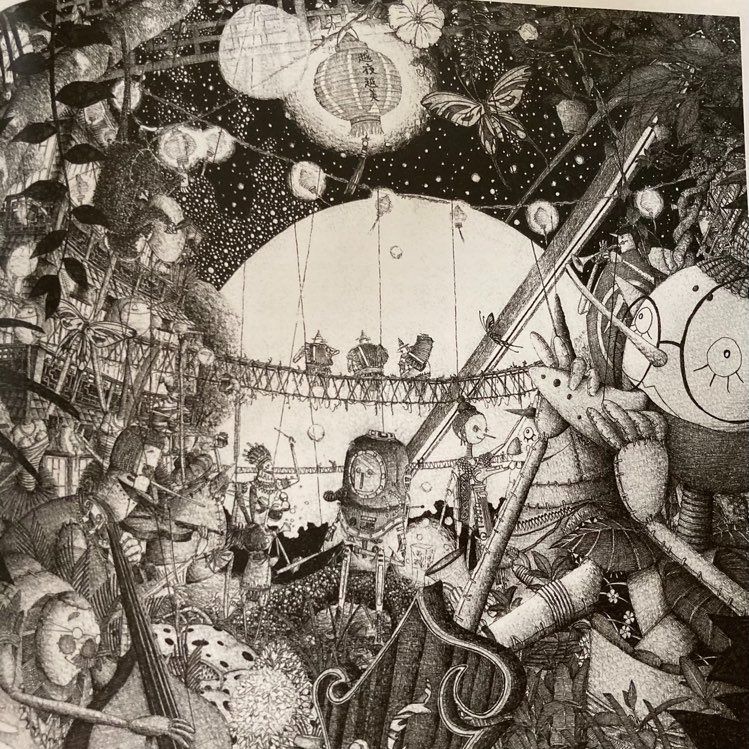Search from various English teachers...

From Rome to Rochester: The History of the Hamburger
Description
From fast-food counters to Michelin-starred restaurants, the hamburger is much loved in the Western diet, but where did it come from?
The Merriam-Webster Dictionary defines a hamburger as both "ground beef" and "a sandwich consisting of a patty of hamburger" on a bun. Although these might be the simplest forms of a hamburger, the sandwich is often eaten with other things added, such as lettuce, cheese, sauces and even other meats.
But this popular food didn't start out with all the extras. In fact, it's thought that one of the earliest forms of the hamburger was closer to a steak tartare — raw minced steak mixed with egg.
While a recipe from the Roman Empire suggests the earliest version of this meal, some believe that it came from Mongolian horsemen, who would place beef under their saddles while riding, so that by the end of the day it was tender enough to eat raw.
However, others say these riders placed meat under their saddles only to help heal their horses' sores, and any meat prepared this way would be too dirty to be edible.
A later version is thought to have come from the German city of Hamburg, where chefs around the 17th or 18th century cooked minced beef with onions and breadcrumbs. This came to be known in English as the "Hamburg steak," and made its way to the US during the 19th century, where it was later called the "hamburger."
Although it isn't known who first thought to put this minced meat on bread, adding a bun made the hamburger popular as a sandwich in the US. The first fast-food hamburger chain — named White Castle — was opened in 1921, and still sells its famous square-shaped hamburgers to this day.
Now, hamburgers can be found worldwide thanks to popular American fast-food restaurants such as McDonald's, Burger King and Wendy's. In 2012, PBS reported that an estimated 50 billion hamburgers are eaten in the US alone every year.
Podcast Channel
Practice Listening, Reading & Comprehension
Author
All episodes

朗読:『オルゴールワールド』#12 にしのあきひろ著

北風和太陽 | 北风和太阳

IELTS LISTENING TIPS MULTIPLE CHOICE

"5 Ways to Make a Suggestion"

文章《差别》

¿Cuál es tu motivación?

日本の動物園(どうぶつえん) Japanese zoo Top 3

Uh-oh! When the letter "O" sounds like "U".
Popular episodes

朗読クラブ📚Reading to Japanese language learners
朗読:『オルゴールワールド』#12 にしのあきひろ著

好听的中文故事 | 好聽的中文故事 | Great Chinese Stories
北風和太陽 | 北风和太阳

IELTS Insights📚📝
IELTS LISTENING TIPS MULTIPLE CHOICE

Learn With Kimiya
"5 Ways to Make a Suggestion"

每日中文听力
文章《差别》

AUDIO-ARTÍCULOS (Nivel B2-C1)
¿Cuál es tu motivación?

やさしい日本語(にほんご)
日本の動物園(どうぶつえん) Japanese zoo Top 3

The Social Evolutionary
Uh-oh! When the letter "O" sounds like "U".